Home>Maintenance & Safety>Child & Elderly Safety at Home>What Age Do You Need A High Chair?
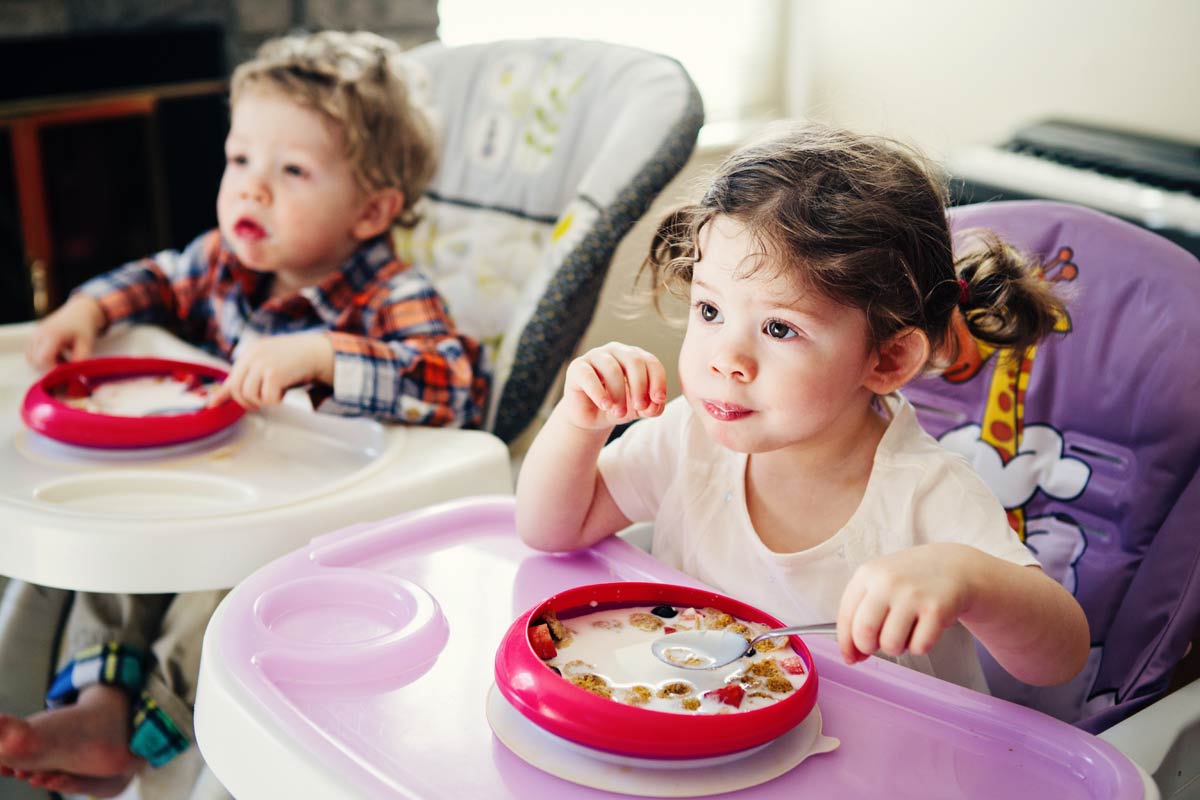

Child & Elderly Safety at Home
What Age Do You Need A High Chair?
Modified: April 23, 2024
Find out the ideal age for introducing a high chair for your child's safety at home. Learn more about child and elderly safety at home.
(Many of the links in this article redirect to a specific reviewed product. Your purchase of these products through affiliate links helps to generate commission for Storables.com, at no extra cost. Learn more)
Introduction
Introducing a high chair into your home is a significant milestone in your child's development. It marks the transition from infancy to the stage where they can actively participate in family meals. High chairs provide a safe and secure space for your little one to explore new tastes and textures while sitting at the same level as the rest of the family. As a parent or caregiver, ensuring the safety and comfort of your child during mealtime is paramount, and a high chair plays a crucial role in achieving this.
The decision to introduce a high chair is not only based on your child's age but also on their physical and developmental readiness. It's essential to recognize the signs that indicate your child is ready for a high chair to ensure a smooth and enjoyable transition to this new dining setup. Additionally, understanding the benefits of using a high chair, the different types available, and the safety considerations involved will empower you to make informed choices that prioritize your child's well-being.
As you embark on this journey of introducing a high chair into your home, it's important to be equipped with the knowledge and understanding of how this piece of furniture can positively impact your child's mealtime experience. By exploring the various aspects of high chair usage, you can create a nurturing and inclusive environment that fosters healthy eating habits and family bonding. Let's delve into the signs that indicate your child is ready for a high chair and the benefits it offers, as well as the different types of high chairs and crucial safety considerations to keep in mind.
Key Takeaways:
- It’s time for a high chair when your child can sit up on their own, shows interest in family meals, and has improved motor skills. Prioritize their readiness over a specific age range for a smooth transition.
- High chairs promote good posture, family bonding, safety, self-feeding skills, routine, and easy cleanup. Choose a high chair type that suits your child’s needs and your family’s lifestyle for a safe and enjoyable dining experience.
Read more: Why Do You Need A Footrest For High Chair?
Signs Your Child Is Ready for a High Chair
Introducing a high chair at the right time is crucial for your child's safety and comfort during mealtime. Recognizing the signs that indicate your child is ready for a high chair is essential for a smooth transition to this new dining setup.
Physical Readiness
One of the primary signs that your child is ready for a high chair is their physical development. Typically, this readiness becomes evident when your little one can sit up independently without slumping forward. This indicates that their core muscles have developed enough to support their posture while seated, reducing the risk of slippage or sliding in the high chair.
Interest in Family Meals
As your child grows, they become more curious about the activities happening around them, including family meals. If your little one shows interest in joining family meals and attempts to reach for food or imitate the actions of family members during mealtime, it may be a sign that they are ready for a high chair. This interest signifies their growing awareness of mealtime routines and their desire to actively participate.
Improved Motor Skills
Observing your child's motor skills can also provide insight into their readiness for a high chair. If they can grasp and hold onto small objects, such as age-appropriate utensils and finger foods, it indicates an improvement in their fine motor skills. This capability is essential for self-feeding, a significant aspect of transitioning to a high chair.
Read more: When Do Babies Need A High Chair
Stability and Balance
Another crucial sign of readiness is your child's stability and balance while sitting. If they can maintain a relatively steady and balanced posture when seated on a flat surface, it suggests that they may be ready for a high chair. This stability is important for their safety and comfort while using the high chair during mealtime.
Age Consideration
While age alone is not the sole determinant for introducing a high chair, it can serve as a general guideline. Most children are developmentally ready for a high chair between the ages of 4 to 6 months, but it's important to prioritize their individual readiness over a specific age range.
Recognizing these signs of readiness will help you make an informed decision about introducing a high chair, ensuring that your child's mealtime experience is safe, comfortable, and enjoyable.
Benefits of Using a High Chair
Introducing a high chair into your child's mealtime routine offers a multitude of benefits that contribute to their overall well-being and development. Here are the key advantages of using a high chair:
Encourages Proper Posture and Eating Habits
A high chair provides a supportive and upright seating position, promoting good posture during mealtime. This encourages your child to sit up straight and engage in proper eating habits, such as chewing food thoroughly and swallowing comfortably. The elevated position also reduces the likelihood of slouching, allowing for better digestion and overall comfort during meals.
Promotes Family Bonding
By placing your child at the same level as the rest of the family during meals, a high chair fosters a sense of togetherness and inclusion. Your little one can actively participate in family conversations and observe mealtime behaviors, creating opportunities for bonding and social interaction. This inclusive dining experience contributes to a positive family dynamic and helps your child feel connected and involved in shared mealtimes.
Enhances Safety and Security
High chairs are designed with safety features such as secure harnesses and stable structures, providing a safe and contained space for your child during meals. This minimizes the risk of falls or injuries that may occur if your child were to sit on a regular chair or on your lap during mealtime. The secure environment of a high chair allows you to focus on feeding and interacting with your child without constant worry about their safety.
Facilitates Self-Feeding Skills
Using a high chair encourages the development of self-feeding skills in your child. The tray or table attachment provides a designated space for your little one to explore and interact with different foods, utensils, and cups. This hands-on experience promotes independence and fine motor skill development as they learn to grasp, scoop, and feed themselves. The process of self-feeding fosters a sense of autonomy and accomplishment in your child, laying the foundation for healthy eating habits in the future.
Establishes Routine and Structure
Incorporating a high chair into your child's mealtime routine helps establish a sense of structure and predictability. Having a designated space for meals creates a consistent eating environment, allowing your child to associate the high chair with nourishment and social interaction. This routine can contribute to a positive mealtime experience, reduce mealtime struggles, and promote healthy eating habits as your child grows.
Read more: How Long Do You Use A High Chair?
Supports Easy Cleanup
High chairs are designed with easy-to-clean materials and removable trays, making mealtime cleanup a breeze. The tray can be quickly wiped down or detached for thorough cleaning, minimizing mess and ensuring a hygienic dining space for your child. This convenience simplifies the post-meal cleanup process, allowing you to focus on engaging with your child rather than worrying about extensive cleanup tasks.
Incorporating a high chair into your child's mealtime routine offers a myriad of benefits that contribute to their physical, emotional, and social development. By prioritizing their safety, comfort, and independence, a high chair becomes an essential tool in nurturing healthy eating habits and fostering positive mealtime experiences for your child.
Types of High Chairs
When it comes to selecting a high chair for your child, you'll encounter a variety of options designed to cater to different needs and preferences. Understanding the types of high chairs available can help you make an informed decision that aligns with your child's developmental stage and your family's lifestyle. Here are the common types of high chairs to consider:
Traditional High Chairs
Traditional high chairs are characterized by their classic design featuring a tall frame with a seat, footrest, and a tray or table attachment. These high chairs often have a sturdy construction and provide ample support for infants and toddlers. They are ideal for use at home and typically come with adjustable features to accommodate your child's growth. Traditional high chairs offer stability and security, making them a popular choice for families seeking a reliable and long-lasting dining solution for their little ones.
Convertible High Chairs
Convertible high chairs are versatile options that can adapt to your child's changing needs as they grow. These high chairs are designed to transform into different seating configurations, such as a high chair, booster seat, or even a toddler chair and table set. The ability to convert the high chair into various forms makes it a cost-effective and space-saving choice for families looking for long-term usability. Convertible high chairs often feature adjustable height and recline positions, allowing for customization based on your child's age and developmental stage.
Read more: What To Look For In A High Chair
Portable High Chairs
Portable high chairs are designed for on-the-go convenience, making them suitable for travel, dining out, or visiting family and friends. These high chairs are lightweight, compact, and easy to transport, providing a practical solution for ensuring your child has a safe and familiar seating option outside of the home. Portable high chairs may come in the form of clip-on seats that attach to tables or chairs, foldable high chairs that can be carried in a travel bag, or booster seats with secure straps for attaching to standard chairs. The portability and versatility of these high chairs make them a valuable addition to your child's dining experiences beyond the confines of your home.
Hook-On High Chairs
Hook-on high chairs, also known as clip-on high chairs, are designed to attach directly to the edge of a table, eliminating the need for a separate freestanding high chair. These space-saving high chairs offer a practical solution for families with limited dining space or those who prefer a minimalist approach to baby gear. Hook-on high chairs provide a secure and elevated seating option for your child during meals, allowing them to be at eye level with the rest of the family. These high chairs are often lightweight and easily portable, making them suitable for travel and dining out while ensuring your child's safety and comfort.
Wooden High Chairs
Wooden high chairs exude a timeless and elegant aesthetic while offering durability and stability. These high chairs are crafted from quality wood materials, providing a sturdy and reliable seating option for your child. Wooden high chairs often feature adjustable trays, footrests, and seat heights, allowing for customization to accommodate your child's growth. The natural and non-toxic properties of wood make these high chairs a popular choice for families seeking a sustainable and eco-friendly dining solution. Additionally, wooden high chairs can complement various home decor styles, adding a touch of sophistication to your child's dining area.
Modern High Chairs
Modern high chairs feature contemporary designs and innovative functionalities that cater to the evolving needs of today's families. These high chairs often incorporate sleek and minimalist aesthetics, along with advanced features such as multi-position recline, 360-degree swivel, height adjustability, and easy-clean materials. Modern high chairs prioritize both style and functionality, offering a seamless blend of practicality and design. They are suitable for families seeking a high chair that aligns with modern home decor while providing enhanced convenience and comfort for their child during mealtime.
Read more: What Do You Need For A Picnic
Combination High Chairs
Combination high chairs combine the functionality of a traditional high chair with additional features such as a swing, bouncer, or rocking seat. These versatile high chairs offer multiple functionalities in a single unit, allowing for seamless transitions between feeding, playing, and soothing your child. Combination high chairs are designed to accommodate infants and young children, providing a comprehensive solution for various caregiving needs. The integrated features make these high chairs a space-efficient and multifunctional choice for families looking to streamline their baby gear while ensuring their child's comfort and entertainment.
Reclining High Chairs
Reclining high chairs are designed to provide adjustable recline positions, allowing for a comfortable and relaxed seating experience for infants and young babies. These high chairs feature multiple recline settings to support your child's posture and comfort during feeding and resting. The ability to recline the high chair can be particularly beneficial for infants who may need a more laid-back position while transitioning to solid foods. Reclining high chairs offer a supportive and soothing environment for your child, promoting a positive mealtime experience while accommodating their developmental needs.
High Chairs with Additional Features
High chairs with additional features encompass a wide range of options that integrate unique functionalities to enhance the dining experience for your child. These features may include built-in storage compartments for bibs and feeding essentials, removable and dishwasher-safe trays for easy cleanup, adjustable footrests for ergonomic support, and cushioned seating for added comfort. High chairs with additional features are designed to address specific needs and preferences, providing tailored solutions for families seeking enhanced convenience and practicality during mealtime.
Understanding the diverse types of high chairs available empowers you to select a suitable option that aligns with your child's developmental stage, your lifestyle, and your preferences. Whether you prioritize versatility, portability, sustainability, or advanced functionalities, there is a high chair type that caters to your specific requirements, ensuring a safe, comfortable, and enjoyable dining experience for your child.
This comprehensive overview of the types of high chairs equips you with the knowledge to make an informed decision that prioritizes your child's safety, comfort, and developmental needs. By exploring the diverse options available, you can select a high chair that seamlessly integrates into your family's mealtime routines, fostering positive eating habits and inclusive dining experiences for your child.
Safety Considerations
Ensuring the safety of your child during mealtime is paramount, and incorporating essential safety considerations when using a high chair is crucial for a secure and worry-free dining experience. Here are key safety considerations to prioritize:
Read more: What Do You Need For A Kegerator
Stability and Structural Integrity
When selecting a high chair, prioritize models with a stable and sturdy construction. The high chair should have a wide base and secure locking mechanisms to prevent tipping or collapsing. Additionally, regularly inspect the high chair for any signs of wear or damage, and ensure that all components, including the harness and tray, are securely attached.
Secure Harness and Restraints
A reliable and adjustable harness system is essential for keeping your child safely secured in the high chair. Ensure that the harness fits snugly around your child's waist and between their legs, minimizing the risk of them slipping or standing up while seated. The harness should have secure buckles and be free from entanglement hazards.
Proper Positioning and Supervision
Position the high chair away from potential hazards such as hot surfaces, sharp objects, or cords that your child could reach. Additionally, always supervise your child while they are seated in the high chair, especially during mealtime. This supervision helps prevent accidents and allows you to promptly address any safety concerns that may arise.
Height and Positioning
Adjust the height of the high chair to align with the dining surface, ensuring that your child can comfortably reach the table or tray without straining. The high chair should be positioned away from walls or other furniture to prevent tipping, and it's important to avoid placing the high chair near edges or areas where it could be bumped or pushed.
Safe Use of Accessories
If using additional accessories such as high chair trays, ensure that they are securely attached and free from sharp edges or potential choking hazards. Avoid placing objects within your child's reach that could pose a safety risk, and be mindful of the weight limit and recommended usage guidelines for any high chair attachments.
Regular Maintenance and Cleaning
Regularly inspect and clean the high chair to ensure that it remains in optimal condition. Check for any loose screws or parts, and promptly address any issues to maintain the high chair's safety and functionality. Follow the manufacturer's guidelines for cleaning and maintenance to uphold hygiene and safety standards.
Age-Appropriate Usage
Adhere to the recommended age and weight guidelines provided by the high chair manufacturer. Ensure that the high chair is suitable for your child's current developmental stage, and transition to alternative seating options as your child grows and their needs evolve.
By prioritizing these safety considerations, you can create a secure and nurturing dining environment for your child, promoting their well-being and allowing them to actively participate in family meals with confidence and comfort.
Conclusion
In conclusion, the decision to introduce a high chair into your child's mealtime routine is a significant step that encompasses various considerations, including your child's readiness, the benefits of using a high chair, the diverse types available, and crucial safety considerations. By recognizing the signs that indicate your child is ready for a high chair, such as their physical development, interest in family meals, improved motor skills, stability, and age-appropriate readiness, you can ensure a smooth and enjoyable transition to this essential dining setup.
The benefits of using a high chair extend beyond providing a safe and elevated seating option for your child. From promoting proper posture and eating habits to fostering family bonding and supporting self-feeding skills, a high chair plays a pivotal role in nurturing healthy mealtime experiences and inclusive family dynamics. Additionally, understanding the diverse types of high chairs available empowers you to select a suitable option that aligns with your child's developmental stage, your lifestyle, and your preferences, ensuring a safe, comfortable, and enjoyable dining experience for your child.
Furthermore, prioritizing essential safety considerations, such as stability, secure harness and restraints, proper positioning, safe use of accessories, regular maintenance, and age-appropriate usage, is crucial for creating a secure and nurturing dining environment for your child. By incorporating these safety measures, you can provide a worry-free and supportive space for your child to actively participate in family meals while prioritizing their well-being and safety.
Introducing a high chair into your home signifies a pivotal moment in your child's journey towards independence and active participation in family mealtimes. By embracing the benefits of using a high chair, understanding the diverse types available, and prioritizing safety considerations, you can create a nurturing and inclusive environment that fosters healthy eating habits, family bonding, and positive mealtime experiences for your child.
Ultimately, the introduction of a high chair symbolizes the convergence of safety, comfort, and inclusivity, allowing your child to embark on a journey of exploration, independence, and shared mealtimes with confidence and joy.
Frequently Asked Questions about What Age Do You Need A High Chair?
Was this page helpful?
At Storables.com, we guarantee accurate and reliable information. Our content, validated by Expert Board Contributors, is crafted following stringent Editorial Policies. We're committed to providing you with well-researched, expert-backed insights for all your informational needs.
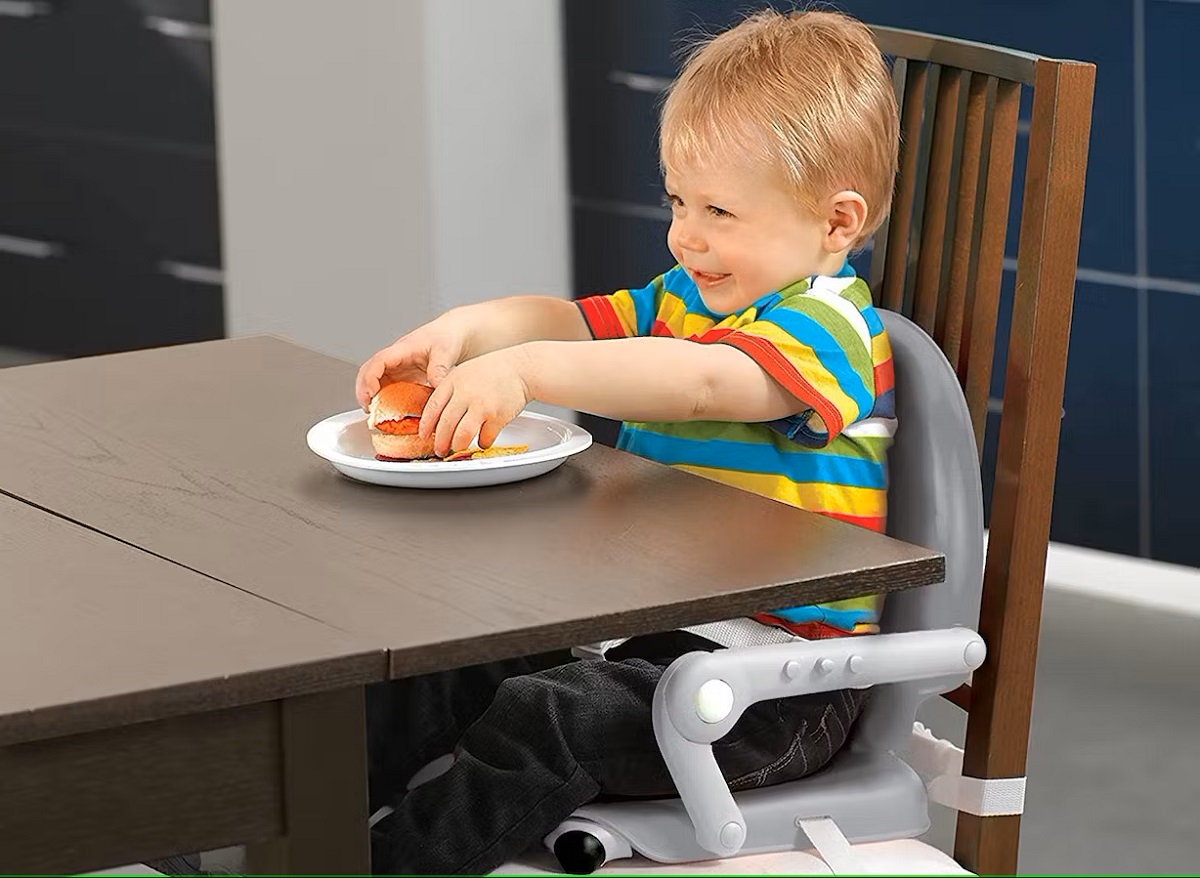

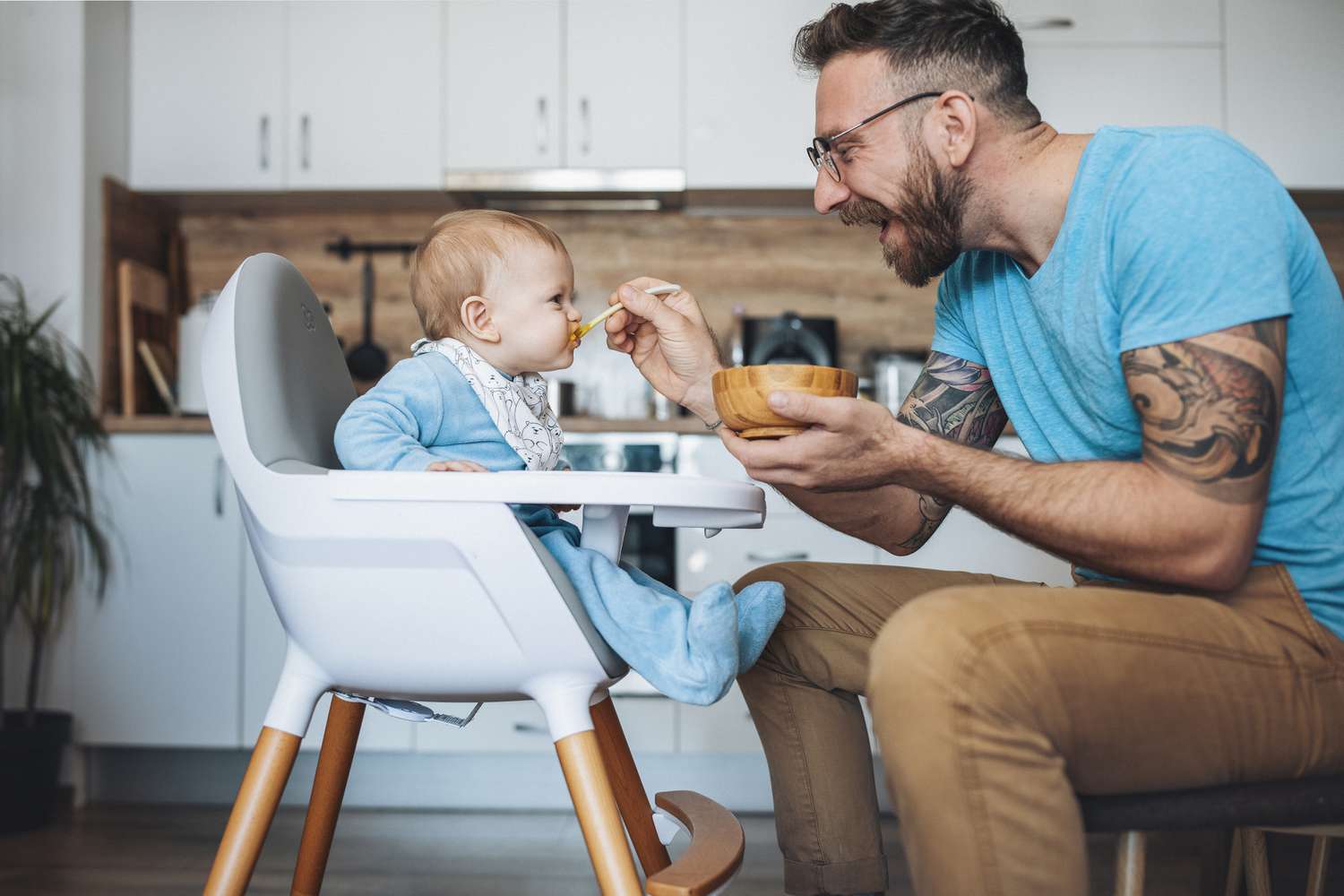
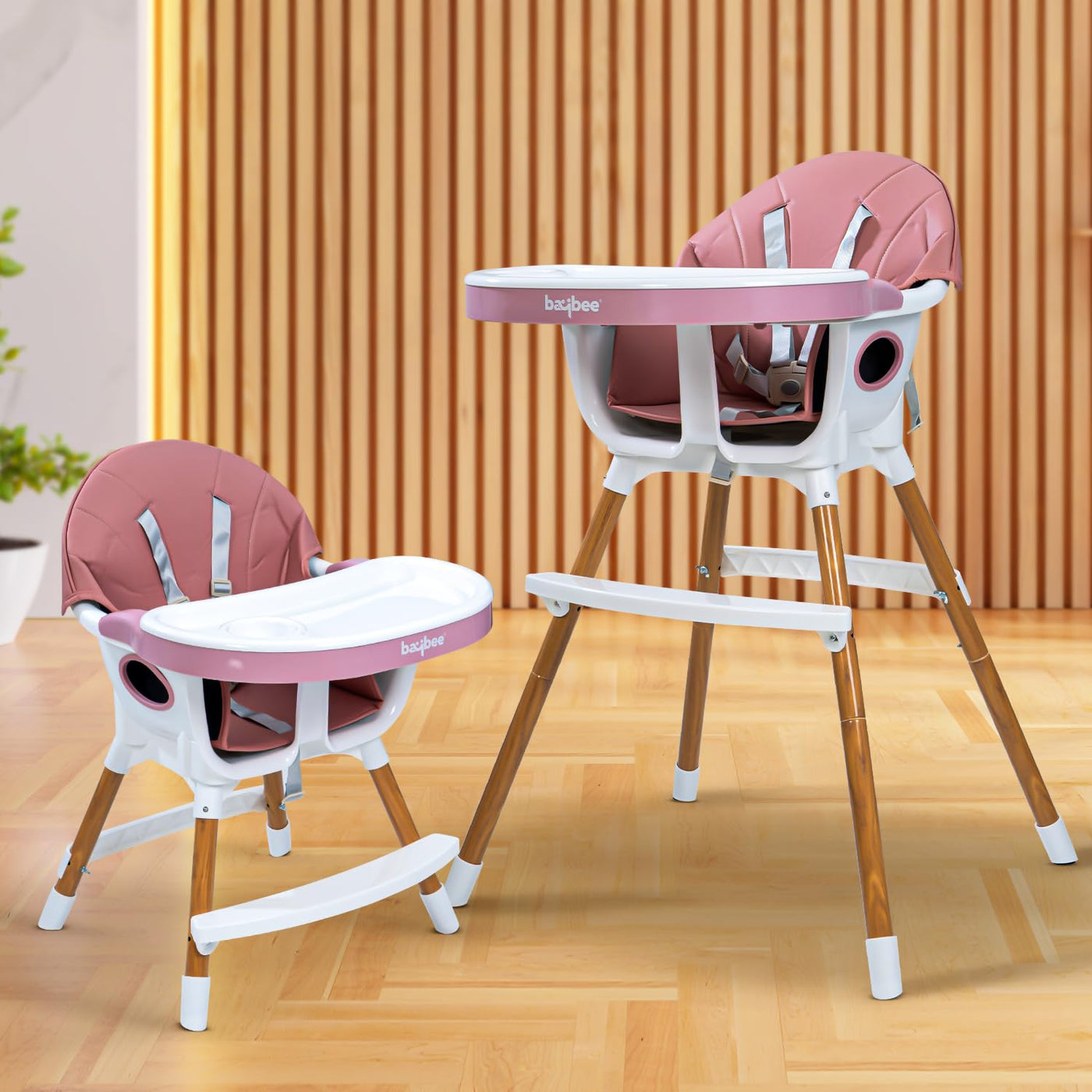

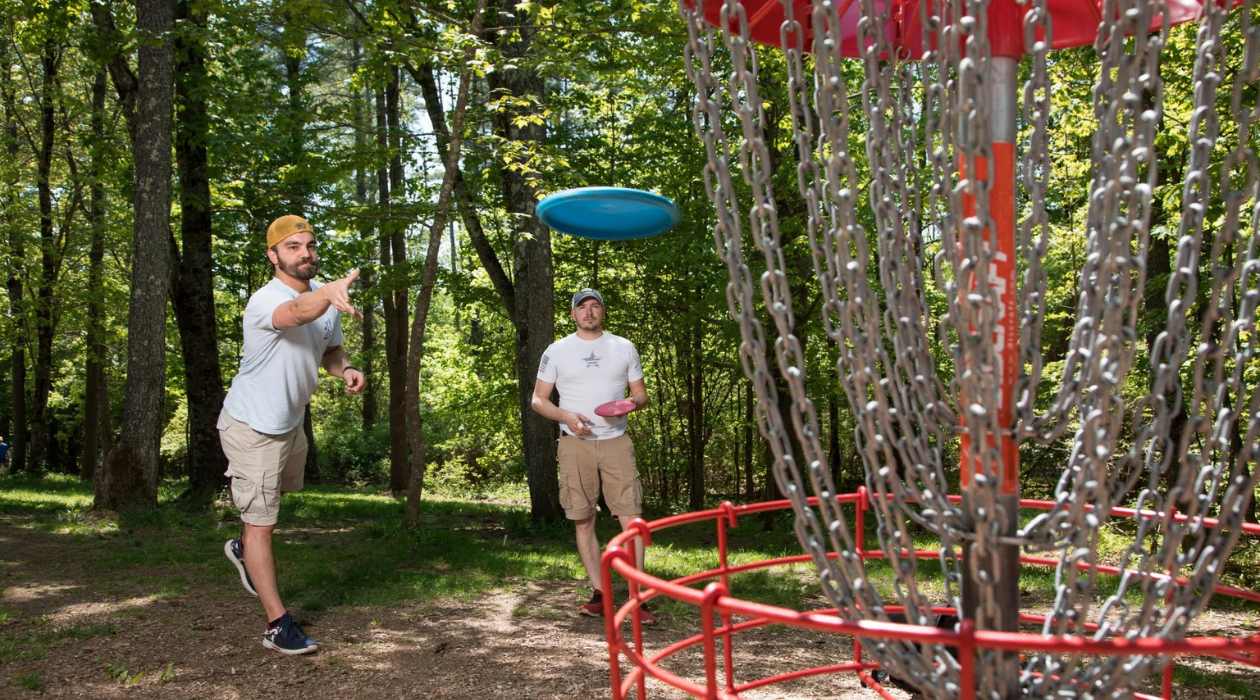
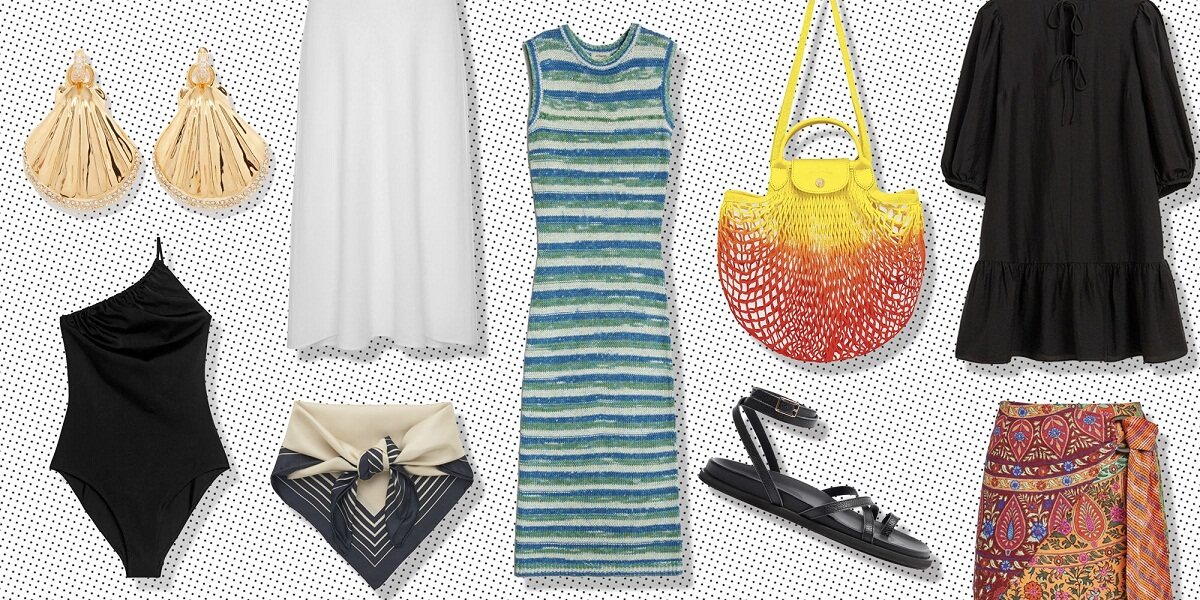
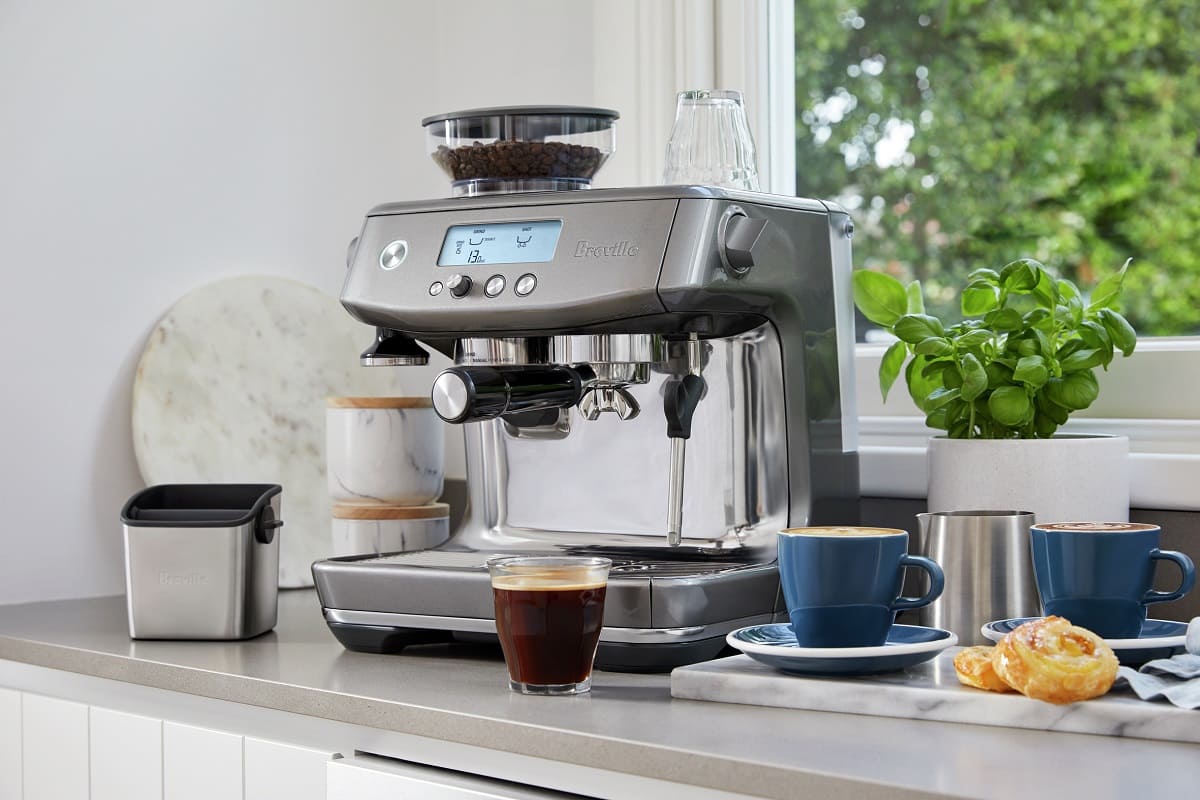

0 thoughts on “What Age Do You Need A High Chair?”